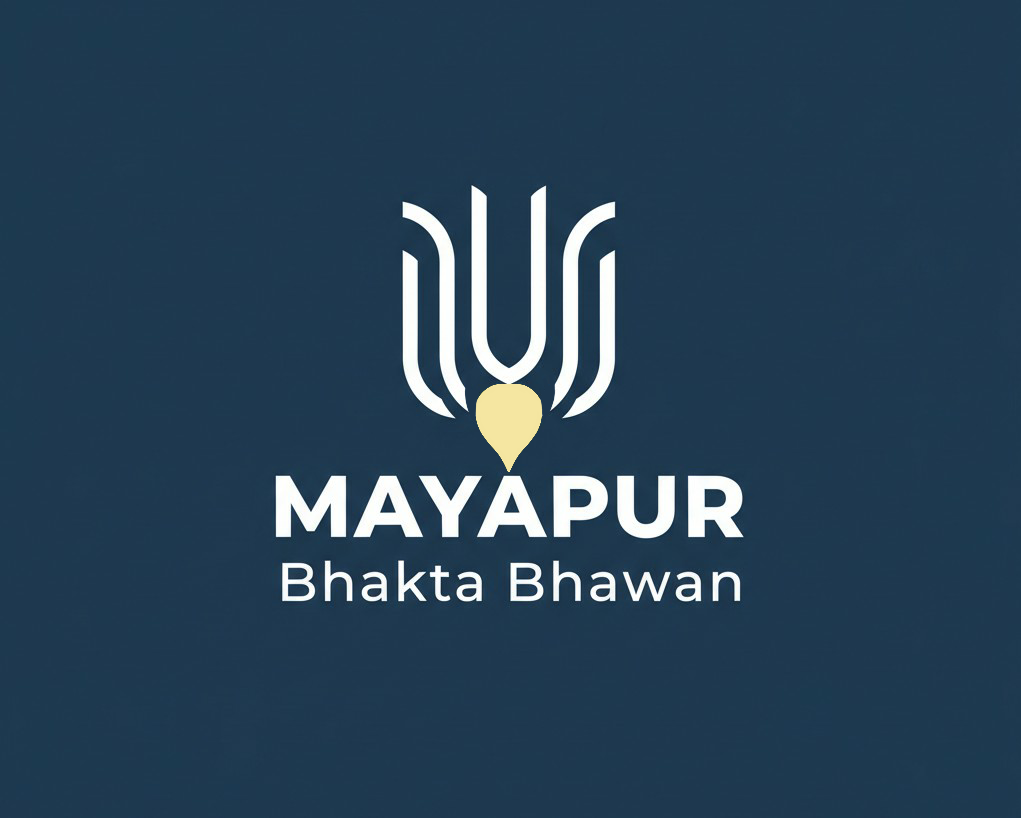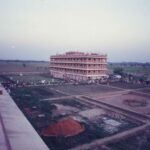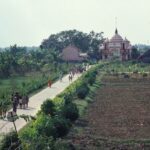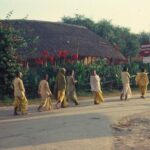History of Mayapur – The Spiritual Birthplace of Lord Chaitanya
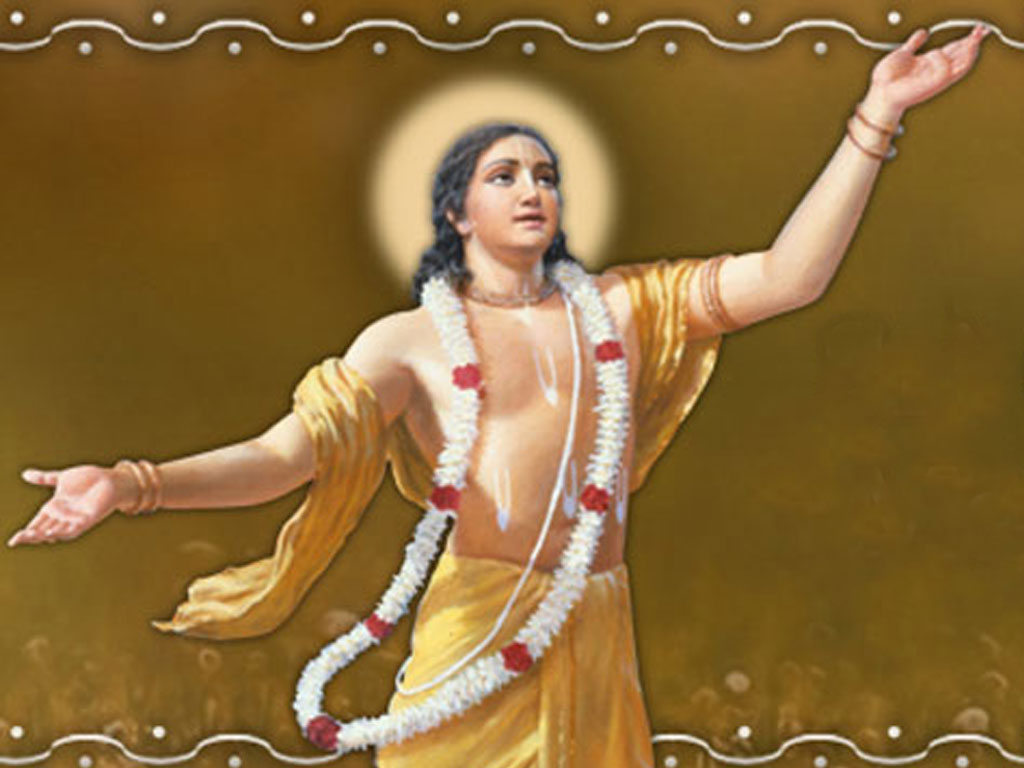
The history of Mayapur is deeply intertwined with the vision of great spiritual masters and the rise of the International Society for Krishna Consciousness (ISKCON). Known as the birthplace of Sri Chaitanya Mahaprabhu (1486 AD), Mayapur in Nadia district, West Bengal, India, has always been regarded as a holy dham (sacred land) for Vaishnavas across the globe.
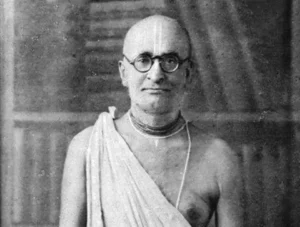
Srila Bhaktisiddhanta Saraswati Thakur and Mayapur (Early 1900s)
In the early 20th century, Srila Bhaktisiddhanta Saraswati Thakur (1874–1937), the great acharya of the Gaudiya Vaishnava tradition, emphasized the importance of Mayapur as a global center of spiritual awakening. He often stayed in Mayapur to perform bhajan and kirtan, and repeatedly instructed his followers about the need to establish temples and centers to spread the teachings of Sri Chaitanya Mahaprabhu.
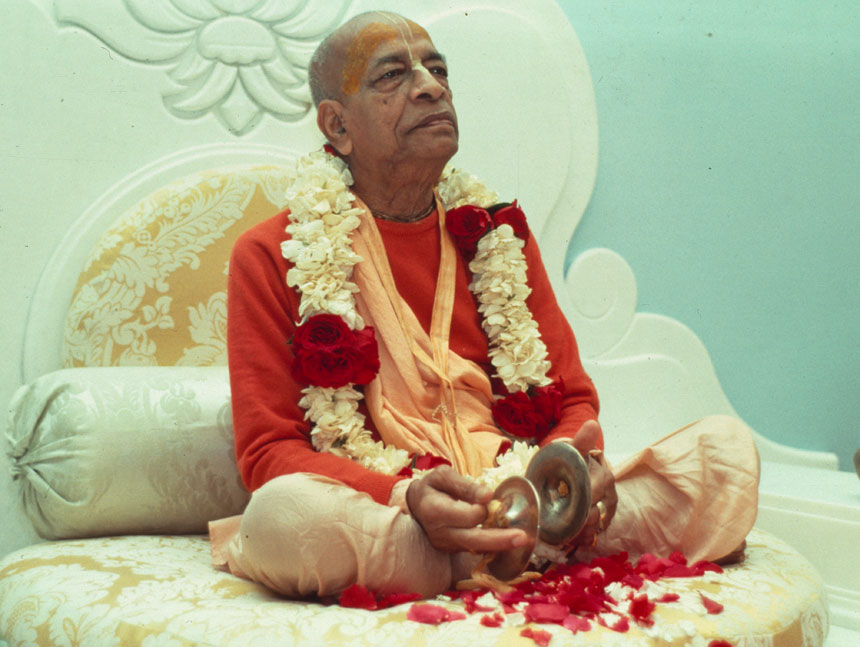
Srila Prabhupada’s Vision (1966–1971)
In 1966, His Divine Grace A.C. Bhaktivedanta Swami Srila Prabhupada established ISKCON in New York, USA, and within just a few years ISKCON centers began flourishing worldwide. With the society’s rapid growth, Srila Prabhupada longed to fulfill his Guru Maharaja’s desire of building a spiritual hub in Mayapur.
Finally, in 1971, ISKCON acquired a nine-hectare plot of land in Mayapur, despite many legal and local challenges. This was the foundation stone of what would become one of the largest pilgrimage sites in the world.
Growth of ISKCON Mayapur (1972–Present)
1972 – The first construction works began, shaping the initial ISKCON Mayapur campus.
1980s–1990s – Expansion of temples, guesthouses, and educational centers.
2000s – Development of Mayapur Goshala, Srila Prabhupada Bhajan Kutir, Pushpa Samadhi Mandir, and Mayapur Nagar Sankirtan programs.
2010 onwards – Massive construction of the Temple of the Vedic Planetarium (TOVP), set to be the world’s largest Vedic temple.
Today, ISKCON Mayapur welcomes millions of pilgrims annually and is recognized as the spiritual capital of the world Vaishnavas.
